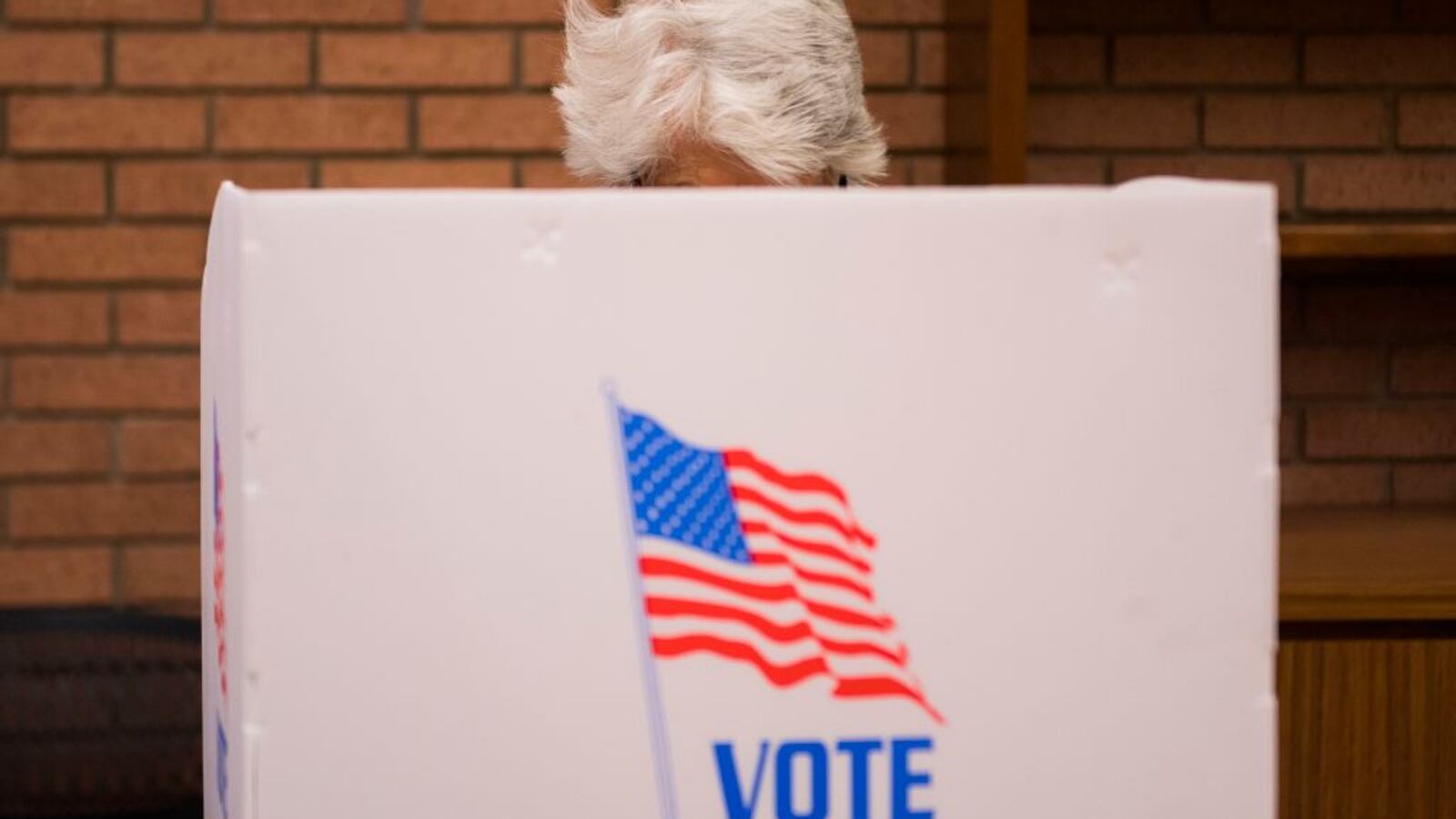It’s well known that America’s teachers don’t look much like the country’s students. It turns out that the voters who elect America’s school boards don’t, either.
A new study appears to be the first of its kind to quantify the demographic mismatch, and it’s sizable. Across four states, including California, researchers estimate that school board voters are much whiter and more affluent than the public school student body.
In districts serving mostly students of color, like San Diego and San Francisco, the disparities are particularly striking, nearly 50 percentage points.
“These voters do not resemble the students who attend the public schools,” wrote researchers Vladimir Kogan, Stéphane Lavertu, and Zachary Peskowitz. “At least two-thirds of the majority nonwhite districts in our sample are nevertheless governed by school boards chosen by majority-white electorates.”
This is partially a result of demographic realities, as voting-age Americans are whiter than the country’s children. But the way school board elections are often set up — in off-cycle years where voter turnout is lower, and the electorate skews older and whiter — exacerbates the issue.
It’s a notable finding, said Domingo Morel, an education professor at Rutgers University.
“In a representative democracy, the whole idea is that the bodies that govern us are representative of us,” he said.
Who decides who governs school districts serving mostly students of color?
The researchers examined who voted in school board elections between 2008 and 2016 in California, Illinois, Ohio, and Oklahoma.
In each state, there was a sharp demographic divide: the share of voters that were white was consistently much higher than the share of white students. Voters also tended to be more affluent.
(An important caveat: The researchers don’t have direct information about voters’ race. They rely on an often-used data set that guesses a voter’s race based on several factors, a technique that has been found to be about 90% accurate.)
Across all four states, the biggest gaps tended to be in districts where 10 to 40% of students were white. In those districts, voters in school board elections were usually 40 to 50 percentage points whiter than the student bodies.
In San Diego, for instance, only a quarters of voters were non-white but nearly three quarters of students were.
Why does this matter? For one, the researchers also found a relationship between voter gaps and test score gaps between white students and students of color.
“School districts that face the largest ‘achievement gap’ … also tend to be the districts where the electorate looks least like the students,” said Kogan, one of the researchers and a professor at Ohio State University.
The study can’t show whether the skewed electorate directly caused relatively worse outcomes for students of color, but the researchers say the relationship is concerning.
The fact that most school board voters are white may have direct consequences, too, since school boards choose the district’s leadership and how resources are allocated in most of the country.
One may be whether members of color win seats: An Ohio study found that board members are more likely to live in higher-income areas with fewer black and Hispanic residents.
Another may be whose concerns are critical enough to shift elections. One paper in California found that school board members were influenced by white students’ test scores, but not black students’.
Meanwhile, research that Kogan and colleagues have in progress shows that an election that swings the school board to majority members of color leads to test-score gains.
“It matters that people are represented,” said Morel. “But what we also know is it translates into substantive policies.”
A potential solution: sync school board elections with presidential elections
Critics of school boards might argue that such lopsided turnout should call the whole system into question. But some common alternative ways of governing schools have similar or even bigger representation gaps.
About 60% of charter board members in New Orleans were white in 2015-16, according to one recent study, while 90% of city students are non-white. And Morel, who has studied state takeovers of local school boards, says they are often fit the pattern of white state leaders taking control of districts serving predominantly students of color.
Kogan says one way to reduce the representation gap in school board races is to align their elections with high-turnout presidential races. He has found that the share of voters of color increases by several percentage points during presidential elections.
Adjusting that timing may not be easy, politically, as low-turnout, off-year races can favor incumbents. Some research has found that teachers unions in particular benefit from off-cycle races.
For its part, California passed a law in 2015 pushing school districts to align their elections with presidential elections. Los Angeles, the largest district in the country governed by an elected board, recently made the shift: This year, for the first time, voters will choose school board members at the same time as they vote in the presidential primary and general election.


